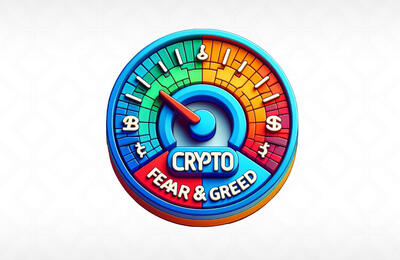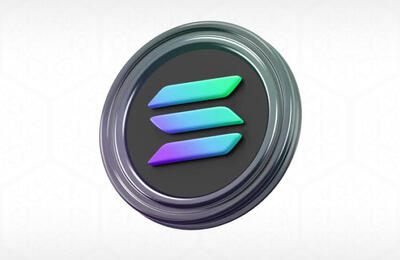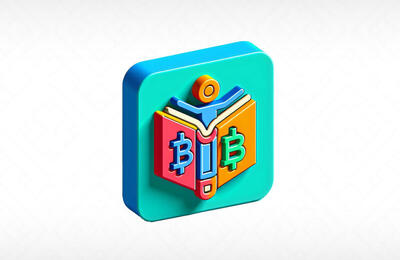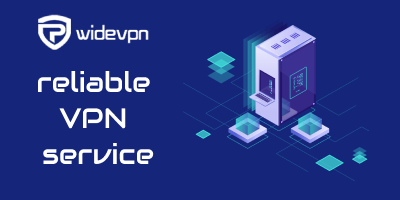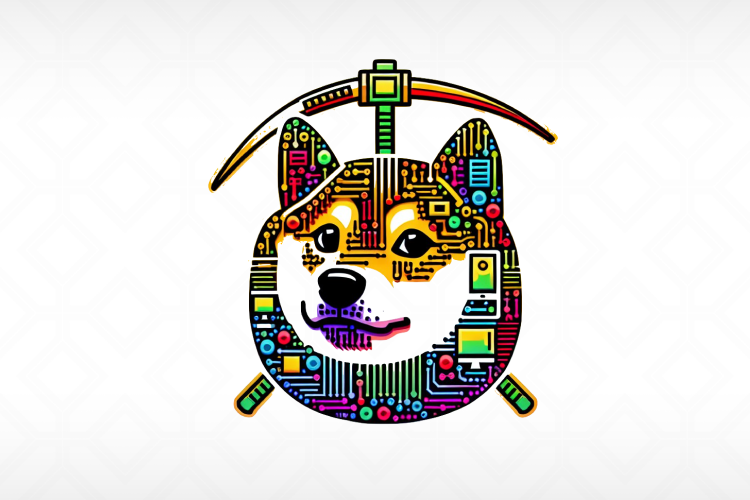
In the world of cryptocurrency, Dogecoin stands out as the fun-loving, meme-inspired coin that has captured the hearts of many. Since its creation in 2013, Dogecoin has gained a significant following and a dedicated community. One of the ways to acquire Dogecoin is through mining, a process that involves validating transactions on the Dogecoin blockchain. In this comprehensive guide, we will take you through the history of Dogecoin, offer insights into the current landscape of Dogecoin mining, and provide the best practices for miners looking to get started or improve their mining operations.
Ready to start mining Dogecoin and receive REAL DOGECOINS by playing games, creating your virtual data center, and building your mining empire? https://rollercoin.com/dogecoin-faucet is here to help you get started on your Dogecoin mining journey.

Dogecoin Mining: A Historical Perspective
The Origins of Dogecoin
The story of Dogecoin begins in December 2013 when Billy Markus and Jackson Palmer decided to create a cryptocurrency that was inspired by the popular «Doge» meme featuring a Shiba Inu dog. This light-hearted approach set Dogecoin apart from its more serious counterparts like Bitcoin and Litecoin. With its playful mascot and tipping culture, Dogecoin quickly gained a loyal following.
Mining in Dogecoin's Early Days
Dogecoin's launch came with a relatively low mining difficulty, making it accessible to individual miners. This accessibility led to a grassroots community of miners who were drawn to the coin's meme-inspired charm. The simplicity of Dogecoin's mining algorithm, Scrypt, also contributed to its popularity among hobbyist miners.
Dogecoin Mining Today: Perspectives and Challenges
The Current State of Dogecoin Mining
Fast forward to today, and the landscape of Dogecoin mining has evolved significantly. The once leisurely pastime has transformed into a more competitive environment. The increased popularity of Dogecoin and the rise of more powerful mining hardware have driven up mining difficulty. As a result, individual miners face greater challenges in finding blocks and earning rewards.
The Rise of Scrypt ASICs
One of the significant changes in Dogecoin mining is the introduction of Scrypt ASICs (Application-Specific Integrated Circuits). These specialized mining machines offer much higher hash rates compared to traditional GPUs (Graphics Processing Units). While ASICs have the potential to increase mining efficiency, they have also raised concerns about centralization, as they are often owned and operated by large mining farms. This shift has made it more challenging for small-scale miners to compete.
Future Prospects for Dogecoin Miners
Despite the challenges, Dogecoin mining continues to hold promise for those who are willing to adapt. The coin's ongoing development and growing mainstream adoption offer hope for miners. As Dogecoin becomes more integrated into various platforms and applications, there may be opportunities for miners to earn rewards for securing the network and processing transactions.
Best Practices for Dogecoin Miners
Setting Up Your Mining Rig
For miners looking to get started, it's crucial to invest in suitable mining hardware and software. When selecting hardware, consider factors like hash rate, power efficiency, and cooling. The right combination of hardware can significantly impact your mining success.
Joining a Mining Pool
In today's competitive mining environment, joining a mining pool is often the most practical choice. Mining pools combine the computational power of multiple miners to increase the chances of finding blocks and earning rewards consistently. Popular Dogecoin mining pools include Prohashing, Multipool, and AikaPool.
Staying Informed and Adapting
The cryptocurrency landscape is dynamic, and staying informed is vital for miners. Keep up to date with Dogecoin's developments, network upgrades, and changes in mining algorithms. Additionally, adapt to market conditions and technological advancements. Being flexible and willing to adjust your mining strategy can help you remain profitable.
FAQ and Answers
Q: What is Dogecoin mining, and how does it work?
A: Dogecoin mining is the process of validating transactions on the Dogecoin blockchain. Miners use computational power to solve complex mathematical puzzles and secure the network. In return, miners are rewarded with Dogecoin for their efforts.
Q: Is Dogecoin mining profitable in 2024?
A: The profitability of Dogecoin mining depends on factors such as electricity costs, mining hardware, and the current market price of Dogecoin. It's essential to calculate potential earnings and consider these factors before starting mining operations.
Q: Can I mine Dogecoin with my computer
A: While it's possible to mine Dogecoin with a computer, it may not be profitable due to increased mining difficulty. Specialized hardware (ASICs) and joining a mining pool are common strategies for more consistent earnings.
Q: How can I get started with Dogecoin mining?
A: To begin Dogecoin mining, you'll need suitable mining hardware, software, and a Dogecoin wallet to receive your rewards. Joining a mining pool is recommended for more consistent payouts. Stay informed about industry trends and network changes to maximize your mining success.
In conclusion, Dogecoin mining has come a long way since its inception as a lighthearted and meme-inspired cryptocurrency. While the mining landscape has become more competitive and challenging, there are still opportunities for miners to participate and earn rewards. By following best practices, staying informed, and adapting to changes, miners can navigate the world of Dogecoin mining successfully.
